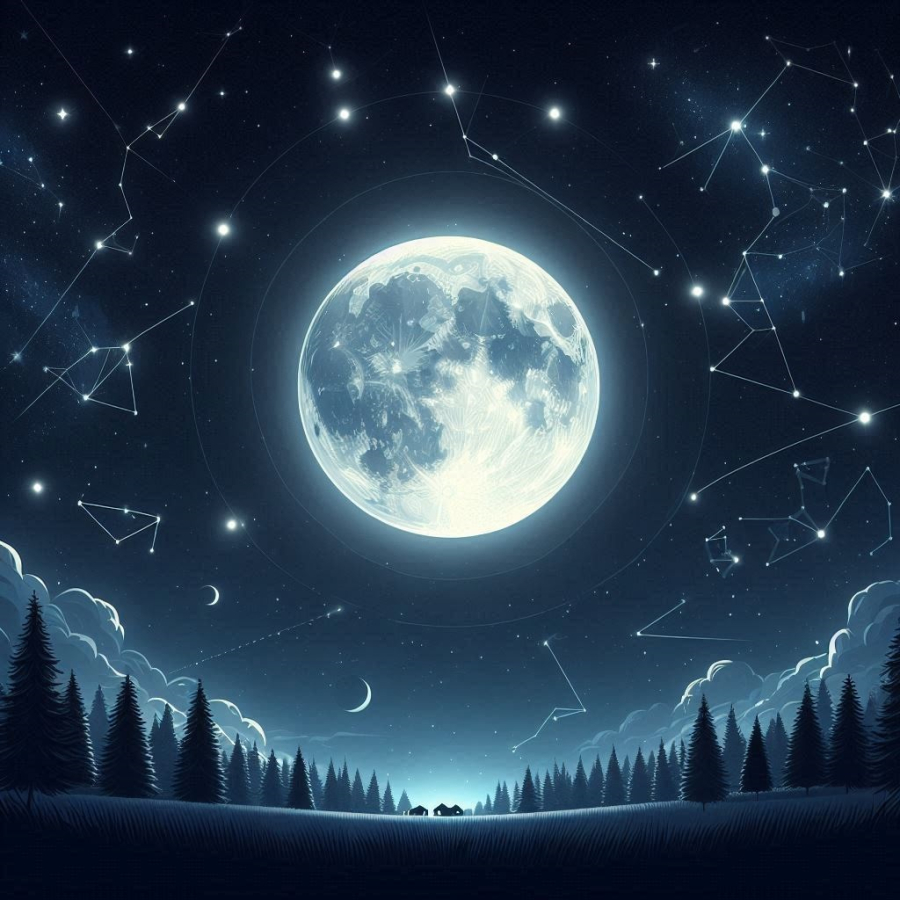Why Don’t Lunar Months Have 31 Days?
A solar year is calculated based on the time it takes for the Earth to revolve around the sun. This revolution takes approximately 365 days, 5 hours, 48 minutes, and 46 seconds. For convenience, we round this to 365 days, with the remaining hours, minutes, and seconds accumulating until we add an extra day every four years, known as a leap year. During a leap year, we have 366 days, with the extra day added to February, making it 29 days long instead of the usual 28.
There are 12 full cycles of the moon’s phases in 365 days, which gives us our 12-month calendar. However, since 365 is not divisible by 12, some months have 30 days (“deficient” months) while others have 31 days (“complete” months). February is a deficient month with either 28 or 29 days, depending on whether it’s a leap year.
On the other hand, a lunar year is calculated based on the cycles of the moon’s phases (or the revolutions of the “Dark Moon” or “New Moon”). Ancient people discovered that these phases occur with a certain regularity. When the Earth, Moon, and Sun are in a straight line, it marks the first day of the lunar month. On this day, the side of the Moon facing the Earth is not illuminated by the Sun, and it is called the “new moon” or “dark moon” day. Calculations show that this “new moon” day can occur at any time between 0 and 24 hours, and that day is considered the first day of the lunar month. A lunar month is the duration between two new moons. The length of a lunar month varies between 29.27 and 29.84 days, with an average of approximately 29.53 days. Therefore, it is rounded to either 29 days (deficient month) or 30 days (complete month) in the lunar calendar. With this calculation, no lunar month has 31 days.

Lunar years are calculated based on the cycles of the moon, and no lunar month has 31 days.
Since there are more than 12 cycles of the moon’s phases in a solar year, ancient people adopted a 12-month lunar year. A lunar year consists of either 354 or 355 days. This was the true lunar year according to the ancients’ concept.
However, while a lunar year lasts 354-355 days, a solar year is significantly longer at 365-366 days. This difference can accumulate to over a month every three years. To prevent this discrepancy from becoming too large, an extra month is added to the lunar calendar, known as an intercalary month, and the year is called a leap year. A lunar leap year will have 13 months and span 384 or 385 days. In a cycle of 19 years, there will be 7 intercalary months, falling on the 3rd, 6th, 8th, 11th, 14th, 17th, and 19th years of the cycle.
When is Li Ch’i Festival 2023? Understanding the Significance of Li Ch’i
The Autumn Begins is the 14th solar term out of the 24 terms, marking the transition from hot and humid weather to a pleasant and cool climate. It is a time when the oppressive heat of summer finally subsides, making way for the refreshing breeze of autumn. This period signifies a much-needed respite from the sweltering days, as nature prepares for the beautiful transformation that the upcoming season brings.




































